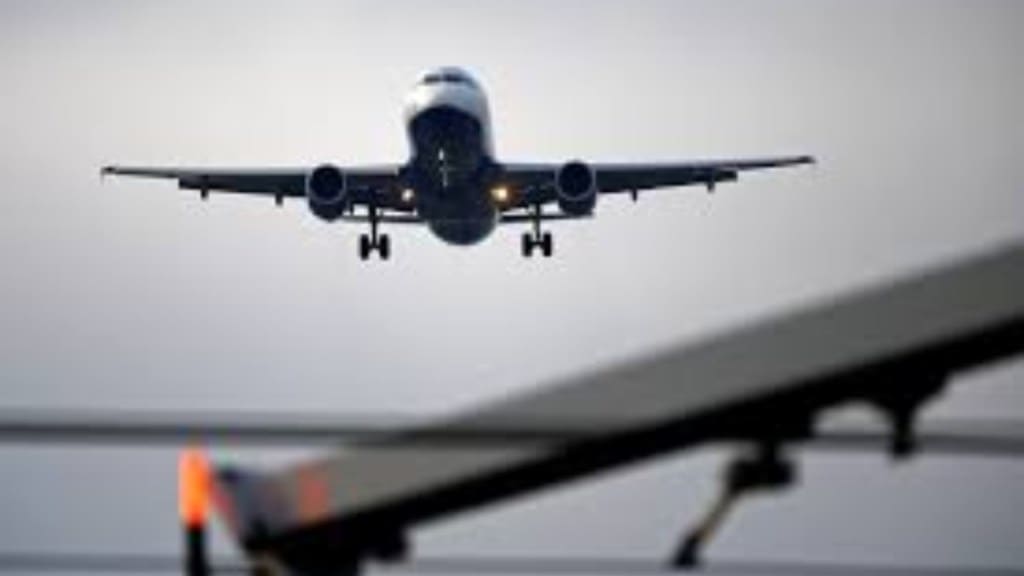The Petroleum and Natural Gas Regulatory Board (PNGRB) has suggested a plan to distribute aviation turbine fuel (ATF) to both existing and forthcoming airports via pipelines that can be accessed by any supplier. This initiative aims to foster competition and reduce fuel expenses.
Presently, ATF is transported primarily via road and rail networks, with only a select few airports connected to pipelines. In cases where pipelines exist, they are not accessible on an open basis. This implies that only the company responsible for laying the pipeline has the authority to supply jet fuel to airlines.
ATF pipelines at airports
The PNGRB has invited feedback from the public and a range of stakeholders, including oil marketing companies (OMCs), airport operators, and airline operators, regarding the establishment of aviation turbine fuel (ATF) pipelines linking numerous greenfield and brownfield existing and upcoming airports in India.
The regulator added that the pipelines offer the most economical means of transporting liquid fuels compared to the relatively expensive road transport. Given the significant portion of airline costs attributed to ATF prices, the introduction of pipelines has the potential to reduce air travel expenses, it said.
Even though the fuel market is accessible within airport premises, without a shared carrier pipeline, the goal of fostering an open market cannot be realised.
“There are a few other ATF pipelines which are being operated by the OMCs, which also need to be declared as common/contract carriers,” the regulator said, adding that this move will “enable other OMCs to utilise these pipelines for transporting their products, fostering competitiveness within the industry”.
Moreover, to guarantee supply security, it might be preferable to have multiple pipeline sources supplying major airports. Furthermore, existing pipelines should be designated as common carriers, particularly considering the past dominance of government-owned ATF marketing companies, thereby enabling access for private marketers, PNGRB suggested. This approach aims to accommodate the escalating fuel requirements of the aviation industry.
Rising fuel demand of aviation sector
The domestic air passenger traffic exhibited a compounded annual growth rate of 8.9% from 2012-13 to 2022-23, while international passenger traffic experienced a slower growth of 3.1% over the same period. In the fiscal year 2022-23 (April 2022 to March 2023), ATF consumption in India surged by 47.1%, reflecting the heightened air traffic. The preceding year was marked by pandemic-related business closures.
PNGRB stated that transporting ATF through methods other than pipelines leads to logistical inefficiencies, increased costs, and disruptions in the supply chain. “The absence of an ATF pipeline exacerbates these issues, hindering the sector’s competitiveness and sustainability.” PNGRB said.
Identifying key airports needing ATF pipelines
The oil regulator has asked the stakeholders to identify key airports in need of ATF pipeline connectivity, analyse anticipated demand over the next three decades, identify sources for ATF supply, assess possible routes for pipeline installation, and evaluate whether single or multiple common/contract carrier ATF pipelines are necessary to guarantee redundancy and operational dependability.
“The views and suggestions received will help PNGRB in initiating suo moto bidding processes or assisting entities in identifying potential projects,” the notice said.
(With PTI inputs)

